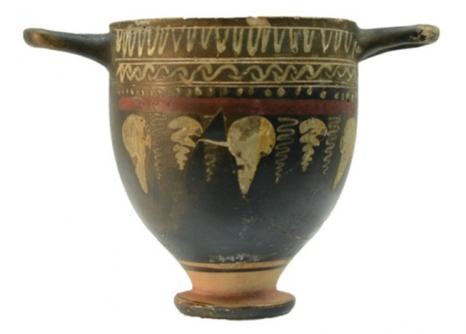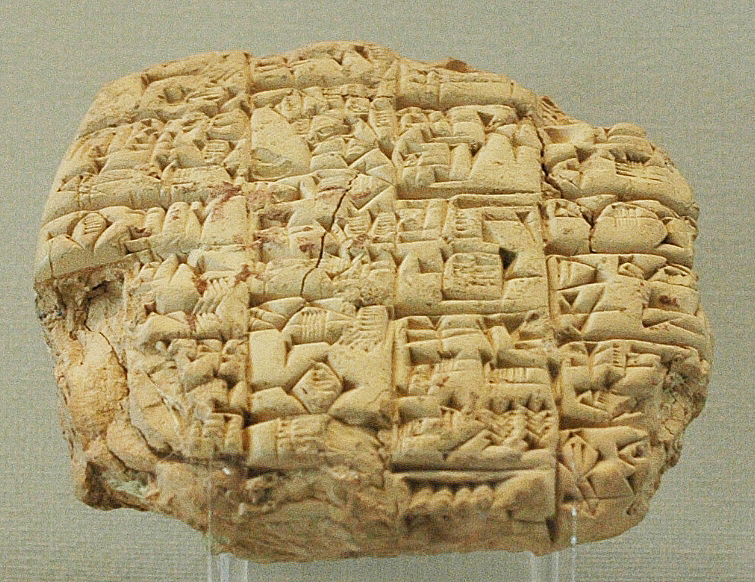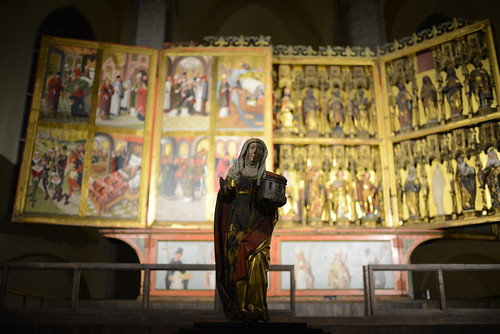
Ultraviolet RTI
A painted and incised ceramic vessel was used as case study in an attempt to evaluate the efficiency of Reflected UV (UVR) RTI and UV induced visible fluorescence (UVF) RTI.
The Highlight RTI data capture took place at the archaeological imaging laboratory of the University of Southampton, using a UV-VIS-IR modified DSLR camera, adequate filters and lighting. The reflected UV-RTI datasets were captured with a UV transmitter and an IR barrier filter.
Continue reading →



